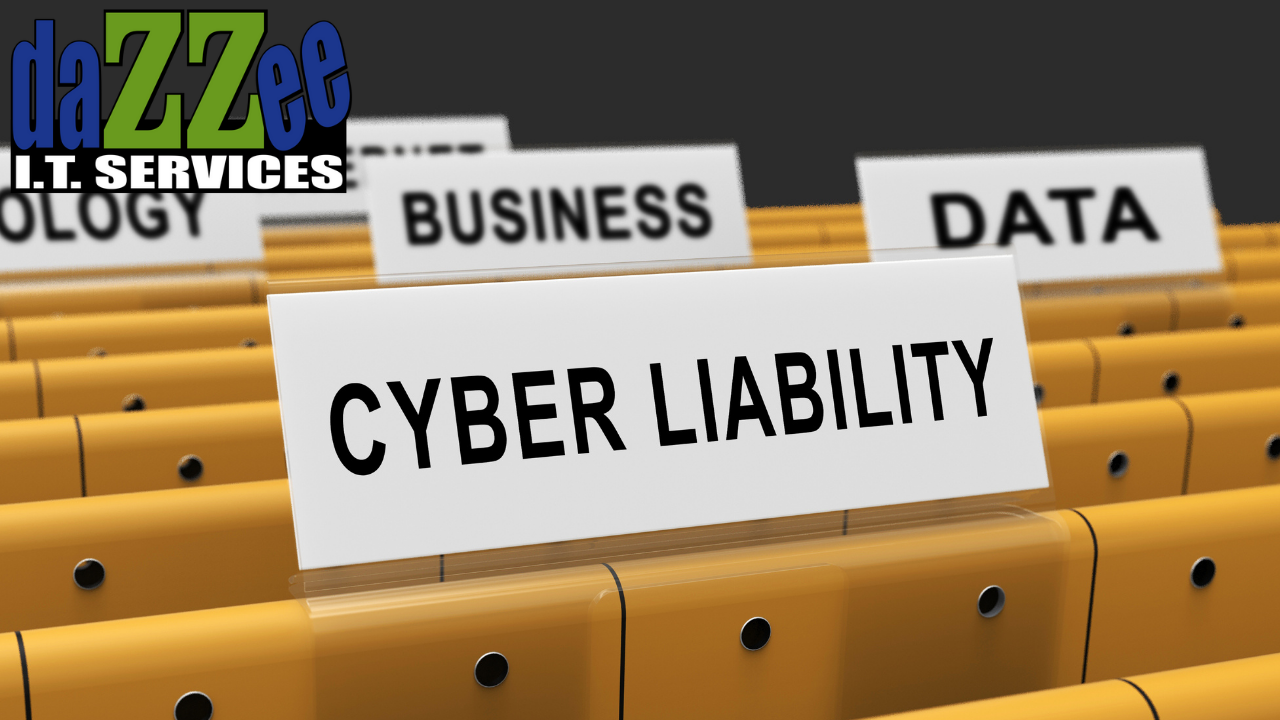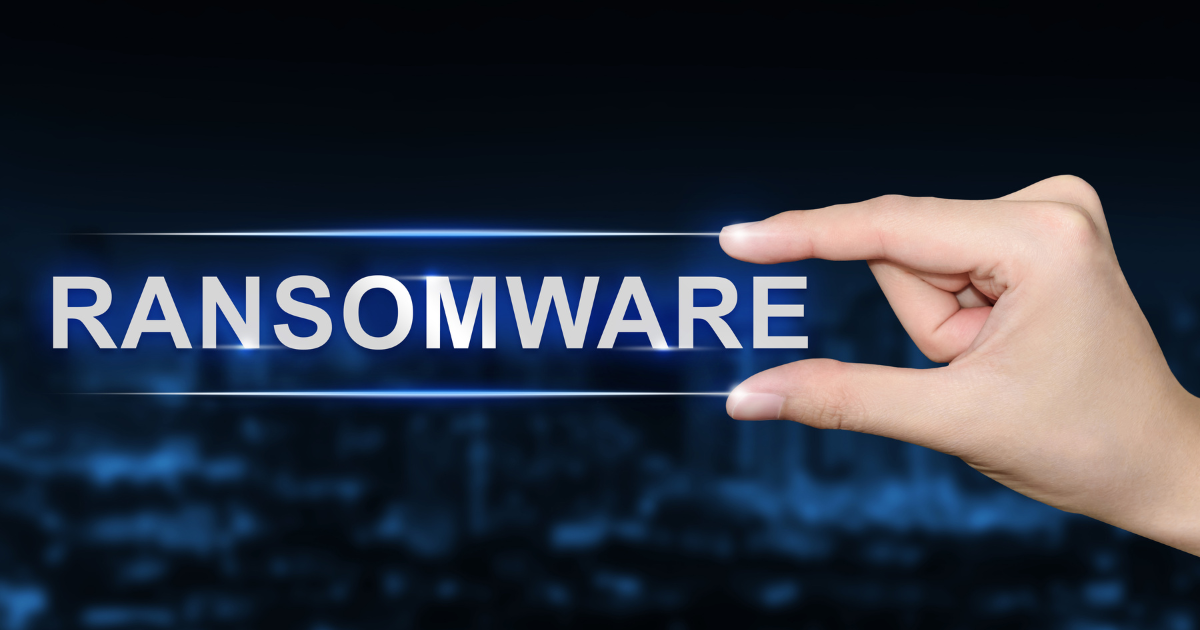How Much Cyber Insurance Do You Need?
Cyber insurance might sound like just another expense, but when a data breach hits, you’ll be glad you had it. With businesses large and small now...

Literally, as I was getting ready to write this, I got a scheduling request from an organization that noted in the request for the meeting - "We fell victim to a phishing scam and lost $177,000". The heartbreaking part of the conversation was that the organization had a separate cyber liability insurance policy and the insurance carrier is denying the claim.
We continually preach that EVERY organization needs to have a separate cyber liability insurance policy in place. Many of the prospective businesses that we talk to indicate they have a cyber liability rider on their existing general liability policy and our answer is always - that's not enough, the riders almost always have such loose verbiage that in an actual cyber security event, you are likely to have the claim denied. Thus a separate and specific cyber liability policy should be put in place. This organization had a separate policy in place and the claim is still being denied - so what gives?
Cybercrime has absolutely exploded over the last couple of years and now with the increase of state-actor-sponsored attacks, the insurance industry is starting to react. It is to be expected however, I mean how many claims have to be paid before the industry exceeds the risk tolerance to provide a policy?
You simply can not rest on your laurels any longer just because "you have insurance coverage". If you read through your policy, you will most likely find you have specific responsibilities under the policy and those responsibilities are increasing every year. In fact, in some industries or scenarios, you may not be able to obtain coverage unless you have some of these responsibilities addressed. We are seeing multiple instances of insurance carriers requiring some of the following items before providing any coverage or renewals of existing policies;
While none of these items by themselves provide total assurance of security and/or insurance coverage, in combination they increase the likelihood that in the event you have a cyber event occur, you have the best chance of a recovery. It's a scary world in the cybersecurity landscape today especially if you are aware of what is happening on a daily basis. Unfortunately, the signs only point to it increasing in risk and damage. So the time to act is now to make sure your organization is protected as best as possible and that your insurance coverage is sufficient to cover any needs you may have.
Want more information?
Schedule a call with our expert team and let's help you make sure your business is protected.

Cyber insurance might sound like just another expense, but when a data breach hits, you’ll be glad you had it. With businesses large and small now...
.png)
Cyber security is a big deal for businesses and government agencies. With cyber threats getting sneakier every day, it’s crucial to make sure...

If you’re running a small business, you’ve got enough to deal with—keeping customers happy, managing employees, and trying to keep the coffee pot...